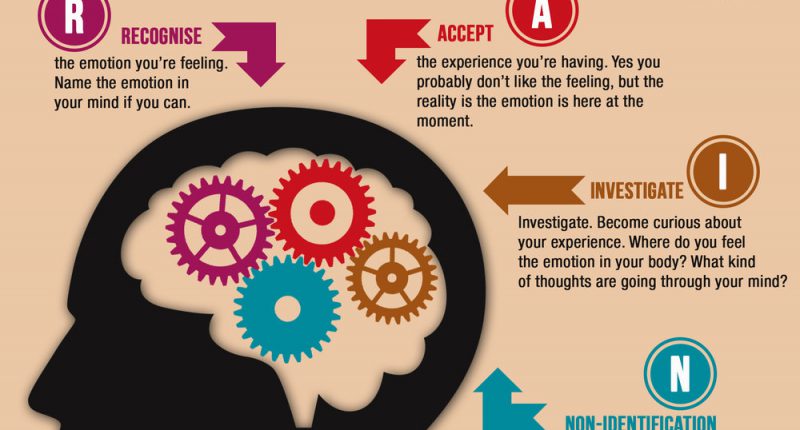Nearly every book on spirituality or personal development includes a section on meditation or relaxation. Learning the practice of mindfulness is useful for many reasons. Turns out one such reason is to help alleviate the symptoms of depression. And to cure general sadness. If you’ve practiced meditation, then you know what I’m talking about. Meditation also helps us control our emotions. A recent study performed by Norman Farb and His Colleagues Explains why meditation helps with sadness.
The study performed by Norman Farb included a questionnaire. Norman asked the participants questions about their character traits. The questions referred to areas like foolishness, intelligence, trustworthiness and responsibility. They also asked the questions while the participants were under an MRI.
What Norman and his team found was that asking participants questions, activated one of two sides of their brain. They either activated the narrative or analytical portion of the brain. To clarify, the analytical portion tends to determine things are either good or bad. And asks questions like, “What is happening right now?” or “What does this say about me?”
Individuals began to go through mindfulness training, after participating in the research. The training was related to how meditation would affect the two modes of thinking. What they found was shocking.
Mindfulness Practice Increases Brain Activity in the Lateral Prefrontal Cortex
The participants who practiced mindfulness showed a decrease in the medial prefrontal cortex region of the brain. The medial prefrontal cortex is the analytical section of the mind responsible for self-evaluation. The study showed, the lateral prefrontal cortex of the brain became more active. Particularly in the insula region of the brain. This is the section of the brain that is related directly the present moment sensory experience we call life.
Mindfulness practice basically stops you from thinking too much. It also keeps you from getting trapped inside your head. Mindfulness also created a shift in the participants that allowed them to be less reactive to situations. In addition, they learned that mindfulness helped people to stop blaming themselves and one another. Instead, the participants became more accepting. At the same time they learned to focus on the present moment.
The group that practiced mindfulness, was also able to avoid being trapped in sadness or depression. After Farb and his team played various clips about sadness to participants, the results of mindfulness practice became obvious. The participants who practiced mindfulness were able to release themselves from the effects of sadness. The clips were primarily focused around increasing brain activity in the prefrontal cortex of the brain. Even so, the participants who practiced mindfulness showed more activity in the lateral cortex. To put it simple, they were more resistant to getting caught up in the sadness created by the films. Mindfulness practice proved to increase acceptance, compassion and more overall self-control.
 http://thedailymeditation.com/
http://thedailymeditation.com/
How to Use Mindfulness in Your Daily Life
To incorporate mindfulness into your daily life it’s simple. Allow yourself time in silence when you wake up. Practice cultivating gratitude in silence with your first waking moments. And be avoid, allowing yourself to be driven by the world. Pay no attention to your cell phone. Let no noises distract you. Focus on your breathing and be aware of the space your body takes up. Use your senses to experience the richness of life. Look at the colors in the room, notice the angles and shapes. Feel the bed under you, and the coolness or warmness of the air. Pay attention to the sounds without labeling them, but just let them be. Spend a few minutes at a time practicing this. Repeat the process 3 times a day to center yourself in the present moment.
Also, More Tips on Mindfulness
I like to set alarms on my phone to remind me to return my awareness to the present moment. A question I often ask myself is, “Where am I, what am I doing?”
That simple question can help bring all your attention back to the moment. Once you create this habit you’ll never want to stop the practice. And it gets easier and easier as time goes by. Before long mindfulness becomes unconscious, and that is when the liberation of your higher self begins.







